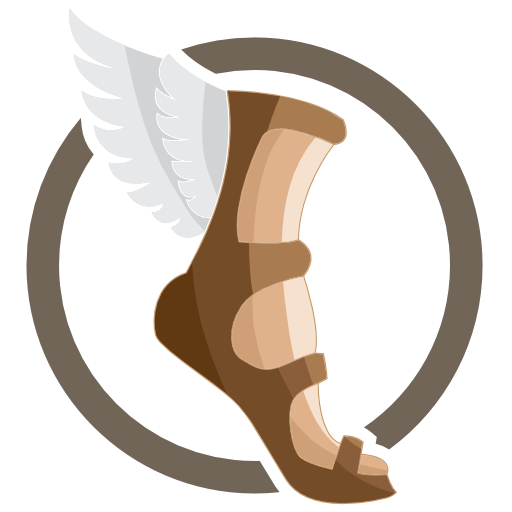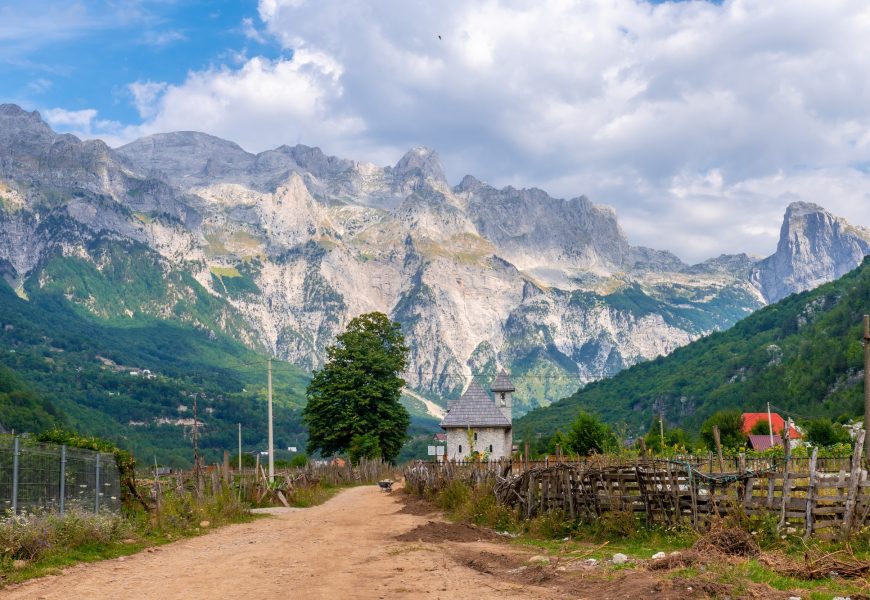Albania Travel Guide
Albania, a small but captivating country in Southeast Europe, is a hidden gem waiting to be explored. Nestled along the Adriatic and Ionian Seas, this Balkan nation boasts a stunning mix of pristine beaches, rugged mountains, ancient ruins, and vibrant culture. Whether you’re drawn by the allure of its history, natural beauty, or culinary delights, Albania offers something for every traveler.
Regions
Albania is divided into several distinct regions, each offering unique attractions:
- Tirana and Central Albania: The bustling capital and surrounding areas, featuring a mix of modernity and tradition.
- The Albanian Riviera: Stretching along the Ionian Sea, this region is home to idyllic beaches, turquoise waters, and charming coastal towns.
- Northern Albania: Rugged mountains and national parks dominate this region, making it a haven for hikers and nature lovers.
- Southern Albania: Known for its rich archaeological sites, including Butrint, a UNESCO World Heritage Site.
- Eastern Albania: A lesser-explored region, with stunning lakes and historic towns.
Cities
- Tirana: The lively capital city, known for its colorful Ottoman-inspired architecture, Skanderbeg Square, and vibrant nightlife.
- Berat: The “City of a Thousand Windows,” renowned for its well-preserved Ottoman houses and hilltop castle.
- Shkodra: A cultural hub near Lake Shkodra, offering historic landmarks like Rozafa Castle.
- Gjirokastër: A UNESCO-listed city with stone-built Ottoman-era houses and a fascinating fortress.
- Durrës: A port city with ancient Roman ruins, including an impressive amphitheater.
- Vlora: Where the Adriatic meets the Ionian, offering access to beautiful beaches and historical landmarks.
- Sarandë: A popular seaside destination near the Greek border, perfect for exploring the Albanian Riviera.
Top Attractions
- Butrint: Explore this ancient city, a UNESCO World Heritage Site, with layers of history from the Greeks, Romans, and Byzantines.
- Ksamil Islands: A group of small, pristine islands off the Albanian Riviera, perfect for a day trip.
- Theth National Park: A paradise for hikers, featuring dramatic peaks, waterfalls, and traditional stone houses.
- Blue Eye (Syri i Kaltër): A stunning natural spring with impossibly clear blue waters.
- Llogara Pass: A breathtaking mountain pass offering spectacular views of the Ionian coast.
- Apollonia: A significant archaeological site featuring remnants of an ancient Greek city.
- Lake Ohrid: Straddling the border with North Macedonia, this ancient lake is surrounded by picturesque villages.
Getting Around
Albania’s infrastructure has improved significantly in recent years, though it’s still developing in some areas.
- Buses and Furgons: Affordable and the most common way to travel between cities. Furgons (minivans) offer flexible routes but lack fixed schedules.
- Car Rentals: Ideal for exploring remote areas like the Albanian Alps or the coastal regions. Roads are generally safe, though rural routes can be challenging.
- Taxis: Readily available in cities but can be expensive for long distances.
- Ferries: Operate between coastal cities and nearby islands, such as Corfu in Greece.
Food and Drink
Albanian cuisine is a flavorful blend of Mediterranean, Balkan, and Ottoman influences. Must-try dishes include:
- Byrek: A savory pastry filled with cheese, spinach, or meat.
- Tavë Kosi: Baked lamb with yogurt and eggs, a national favorite.
- Fërgesë: A creamy dish of peppers, tomatoes, and cottage cheese.
- Seafood: Fresh and abundant along the coast, particularly in Sarandë and Vlora.
- Raki: A traditional grape or plum brandy, often served as an aperitif.
Tips for Travelers
- Currency: The official currency is the Albanian Lek (ALL). Credit cards are accepted in urban areas, but cash is necessary in smaller towns and rural regions.
- Language: Albanian is the official language. English is widely spoken in tourist areas, and Italian is common due to historical ties.
- Visa Requirements: Citizens of the EU, UK, USA, and many other countries can enter Albania visa-free for up to 90 days.
- Safety: Albania is generally safe, with friendly locals eager to help tourists. Exercise standard precautions in crowded areas.
- Etiquette: Albanians are hospitable and value politeness. It’s customary to greet locals with a handshake and respect traditional customs.
When to Visit
The best time to visit Albania depends on your interests:
- Summer (June-August): Ideal for beachgoers, but coastal areas can get crowded.
- Spring and Autumn (April-May, September-October): Perfect for sightseeing and outdoor activities, with mild weather and fewer tourists.
- Winter (December-February): Great for skiing in the mountains or exploring cities without the crowds.
Albania is a country of contrasts and surprises, offering an authentic experience for adventurous travelers. Whether you’re drawn to its untamed landscapes, ancient history, or warm hospitality, this Balkan beauty promises an unforgettable journey.


